Combat aircraft. Fairey "Swordfish". And it’s not even about Bismarck ...
Why not admire? Yes, at one time the plane received from the pilots the not-so-flattering nickname "string bag", that is, "string bag", if translated in meaning. Young generations may not know what it is, Google will help.
In general, the Swordfish is a remarkable and delightful car in every way.
A low-speed biplane, with a fixed gear, outdated already at the time of its launch, he not only fought the whole war, remaining essentially the only British deck torpedo bomber, he also survived the one who was supposed to replace him!
It is worth saying a few words about Albacore.
Fairey Albacore is also a biplane, but developed in 1940, it seems to replace the Swordfish. It seems like - this is because he received from the stinging British an even more derogatory nickname, "Stub." Pun, Albacore and Applecore.
Albacore - it’s kind of like a tuna, but here’s the “Stub” fought in parallel with the “Swordfish”, but the British preferred the good old Evil, that is, Swordfish. “Albacore” turned out to be even more dull thing, although somewhere further?
In general, the bottom of the torpedo aviation Britain pounded the whole war, but there was no sense in it. "Barracuda" appeared already when everything became clear that with the Germans, that with the Japanese.
But this creation of the Fairy company, abandoned by the fate and inertness of the Lords of the British Admiralty from the beginning of the 30's, went through the whole war.
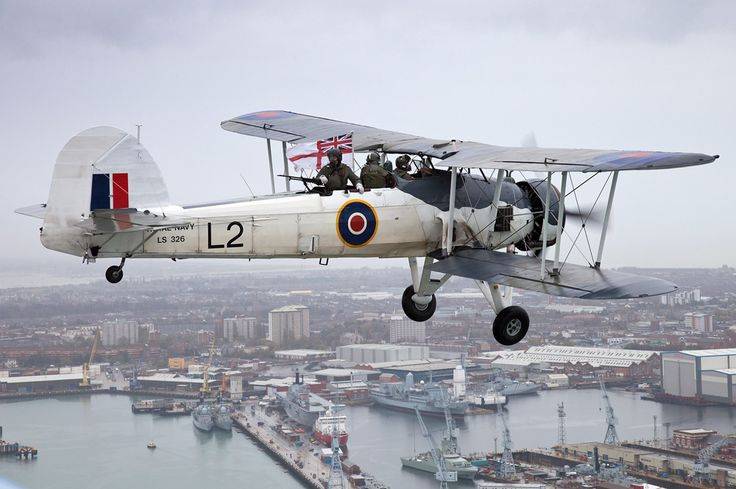
Now think about it: on the account of this volatile archaism and absurdity, more enemy ships were destroyed than any other type of allied aircraft.
This is a fact that can be interpreted in every way. But it has a place to be, this fact. “Swordfish” was bitten by as many ships and ships as no other plane could dream of. The crazy paradox that suggests that the British pilots were still very cool guys.
Let's on stories let's go, it's time.
In general, the concept of a sort of biplane-multipurpose attack aircraft was in the design minds in many countries. The top of the development, it seems to me, was our I-153 "The Seagull", but in most countries everything stopped at the level of a wooden-percale plane with a fixed gear.
Actually, the same was a Swordfish. However, in the technical specifications of this kerogas designed for the needs of fleet, stood the ability to carry a torpedo or equivalent in bombs. And yes, the ability to take off and land on the deck of an aircraft carrier is a matter of course.
April 1934. According to the project of Marcel Lobber (an emigrant from Belgium), the company Fairy built an aircraft that met all the requirements. For the 1934 of the year, he even had speed for himself, almost 270 km / h.
Plus, the aircraft turned out to be very stable, obedient to control and with very good maneuverability. He calmly took off and landed on the deck of the Koreges aircraft carrier designated for testing, and calmly passed the second stage of tests as a seaplane, for which the chassis was replaced with floats.
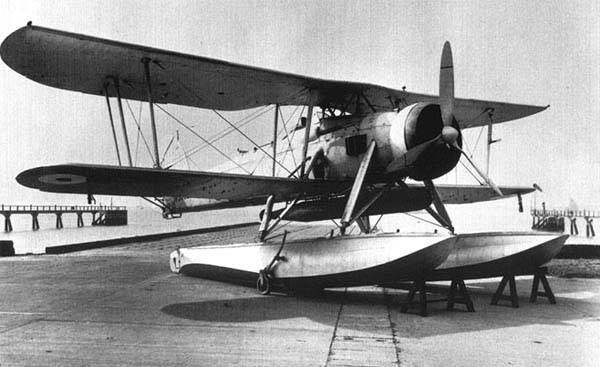
Just as calmly and leisurely, the aircraft was tested with weapons. The speed, however, fell quite naturally, but this did not stop the British. It didn’t stop so much that in 1936, just two years later, the Swordfish was put into service and went into mass production.
In general, at the time of adoption, the Swordfish was already a complete anachronism. A wooden percale-covered biplane with a fixed gear and an open cockpit - well, not so far, the Swordfish went from the 20 airplanes. Therefore, he received not the most pleasant nickname.
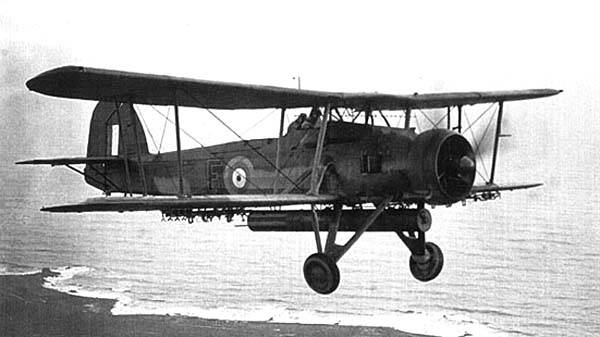
But before the start of World War II, the British maritime aviation had nothing better at its disposal, and the Albacore was no better than the Swordfish.
So Swordfish replaced the already very sad predecessor from Fairy, Fur Seal, Seal, and Albacore did not replace Swordfish and was quietly discontinued during the war.
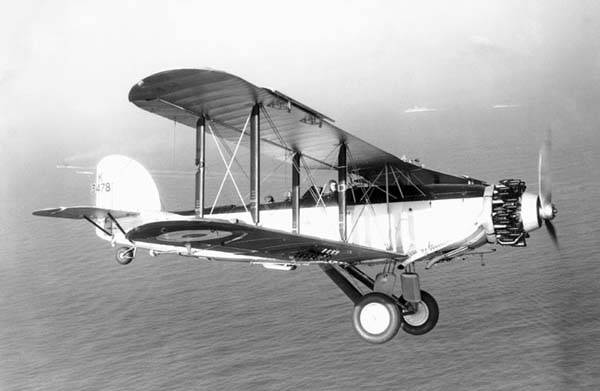
In general, the beginning of the war, British naval aviation met with 692 “Swordfish” both on the decks of its aircraft carriers (“Ark Royal”, “Korejdes”, “Eagle”, “Glories” and “Furyes”), and at coastal airfields.
The war has begun ...
The first torpedo attack in the outbreak of war was made ... right, the Swordfish crew from the Furyes aircraft carrier. It happened on April 5 1940 of the year, during the battle of ships in Trondheim Bay.
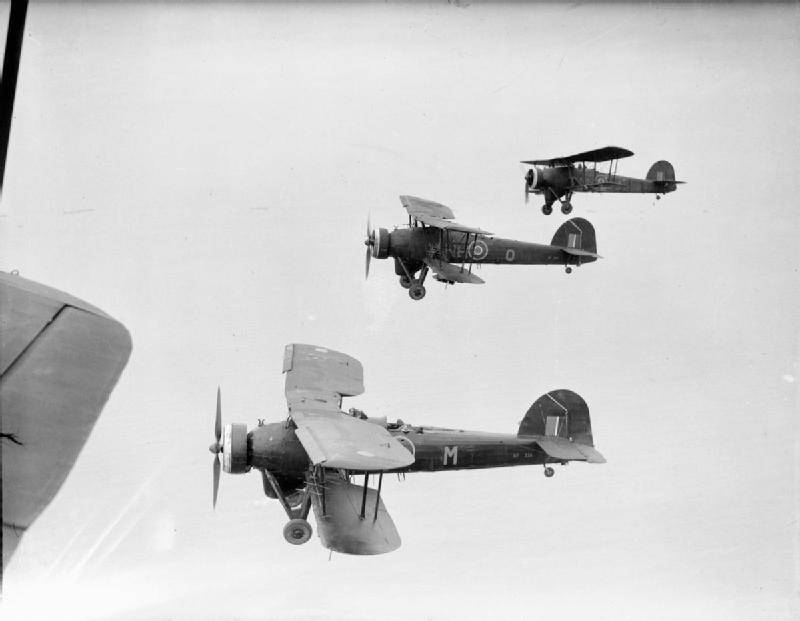
One of the torpedoes hit the German destroyer, but did not explode. And so the attack could be the first successful. But even without the torpedo bombers, the British managed to do quite well, the Germans under Narvik received the full program.
On April 13 of the 1940 of the year, the Swordfish from the battleship Worthspite attacked with bombs and sank the German submarine U-64, which became the first submarine to die from aircraft. Accordingly, Swordfish was the first aircraft to drown a submarine with bombs.
Air groups with British aircraft carriers worked on land, and worked quite well. The finale, however, was literally tarnished when the "sweet couple" Kriegsmarine, Scharnhorst and Gneisenau drowned the Glories aircraft carrier with escort destroyers, at the same time sending two Swordfish divisions to the bottom.
In the Mediterranean, Swordfish also had a lot of work. Reconnaissance, attacks of Italian and German convoys to Africa - this was done by a special land-based division deployed from France and the Eagle and Arc Royal aircraft carriers.
The Igla crews own the record of all time: the sinking of four ships by three torpedoes.
22 August 1940 year in the harbor of Sidi Barani (Egypt) a link of three aircraft under the command of Captain Patch was discovered a huge cluster of ships. The British did not even have to aim, just drop the torpedoes on the ships, which were very tight.
Three torpedoes blew up two submarines and a vehicle loaded, as it turned out, with ammunition. The explosion on its board smashed not only the ship itself, but also the destroyer moored to it, the crew of which just took on board these ammunition. Actually, three torpedoes - four ships.
But the finest hour of the Swordfish was undoubtedly in Taranto. Generally Taranto's story is an underestimated episode. Perhaps only the Japanese appreciated, who literally a year later did roughly the same thing for the Americans in Pearl Harbor.
Aerial reconnaissance showed that the main forces of the Italian fleet are located in the inner harbor of Taranto: 5 battleships, 5 heavy cruisers and 4 destroyer squadrons.
The British engineers upgraded the torpedoes so that, having plunged onto the 10,5 meter, they could slip under the network barriers that the Italians so hoped for.
At 22 hours 25 minutes on November 11, two divisions of 12 vehicles took off from the deck of the Illastries aircraft carrier. Each pilot knew his purpose in advance.
First, two Swordfish hung SABs (lighting bombs) over the port. Then two more aircraft installed additional lighting, dropping incendiary bombs at the oil storage.
And when a fire in warehouses with fuel and lubricants flared up in full, torpedo bombers went into action. Three battleships, two cruisers and two destroyers received torpedoes on board. The battleships Conte di Cavour and Littorio sat down on the ground. In general, the small harbor of Tarento greatly helped the Italians, since it was impossible to drown in it seriously. But the victims escaped not with a light fright, but with months-long repairs at the docks.
Italy lost an advantage in large warships in the Mediterranean and from that moment very carefully used its battleships and cruisers.
And all this at the cost of two aircraft ...
Well, in the 1941 year, “Swordfish” continued his career in the same vein.
Of course, the highest point of the Swordfish combat work was participation in the sinking of the Bismarck.
The fact that without the reckless crews of Ark Royal airplanes would have gone foamy in the water, I hope it’s not worth explaining. Everyone knows everything for a long time and every minute.
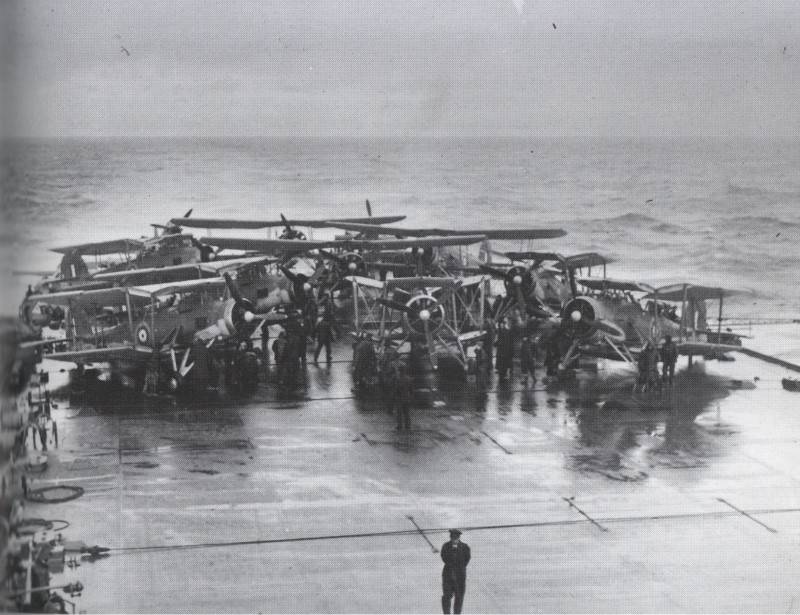
On May 26 on 1941 of the year, in absolutely stormy weather, 15 of the Ark Royal torpedo bombers flew out at their own peril and risk and ... found the Bismarck! Two torpedoes found a target. Well, in general, what is a torpedo weighing 700 kg "Bismarck"? Elephant grains. The first one, which hit exactly in the middle, probably nobody noticed it except for the emergency party.
And here is the second one, which jammed the wheels ...
Everything else, torpedoes from the British destroyers that deprived the Bismarck of the course, shells from the Rodney and so on - everything was secondary.
It was the torpedo from the Swordfish that became the first nail in the lid of the Bismarck’s coffin, and there’s nothing more to add.
True, in the same 1941 year, the Swordfish star began to roll. Both Germans and Italians realized that this anachronism is a very dangerous thing, if you give it to an experienced pilot. But in Britain there were enough of them.
By the way, there is an interesting version of why the British had such modest losses in Taranto. It's all about speed. It is said that the Italian air defense gunners could not take a normal lead because the Swordfish trailed at a speed less than 200 km / h. And the Italian gunners, having incorrectly determined the speed, could not calculate the real lead.
But over time, not the Air Defense crews began to work against the Swordfish, but the Messerschmitt and Mackey Saett crews. And on this, in fact, the career of the Swordfish as a torpedo bomber ended.
No, torpedoes didn’t go to the warehouses, they just started using our slow-moving vehicle then and there, where it was possible either to reliably cover from the Messerschmitts or to exclude the appearance of enemy fighters.
And at the same time, “Swordfish” began to master related professions.
In general, it turned out to be a very good PLO plane (see the beginning). In the midst of the “Battle for the Atlantic,” which I would call the “Battle for Food for Britain,” when the Doenitz ripped up convoys from the US and Canada to the UK, the British found that, as a submarine hunter, Swordfish unmatched.
Quiet move just proved to be very useful in finding the enemy submarine. Throwing bombs from a dive into such a small target as a submarine was also not difficult. Yes, and strong defensive weapons (which the Swordfish did not shine offspring) are also not particularly necessary.
So in the composition of the British convoys began to appear the so-called "escort aircraft carriers" - small aircraft carriers, usually converted from transport ships or tankers, with several anti-submarine aircraft on deck.
The first anti-submarine Swordfish were armed with high-explosive and deep-wing under-bomb bombs. Later, in the summer of 1942, they began to mount launchers for rocket shells of 127 mm caliber, with 4-5 pieces under each console. At the same time, part of the linen sheathing on the lower wing was replaced by metal panels. This innovation was elevated to the rank of modification and named Mk.II.
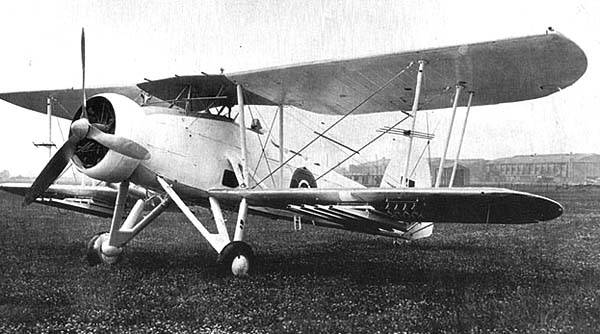
But in 1943, a really serious modification appeared, Mk.III. Universal units for mounting missiles and bombs were installed on the plane and equipped with an airborne radar. These aircraft were used mainly to search for and destroy submarines that float to the surface at night to recharge batteries.
A plastic radiolucent radome radar was located on the Mk.III between the main landing gear, and the radar itself was in the cockpit, instead of the third crew member.
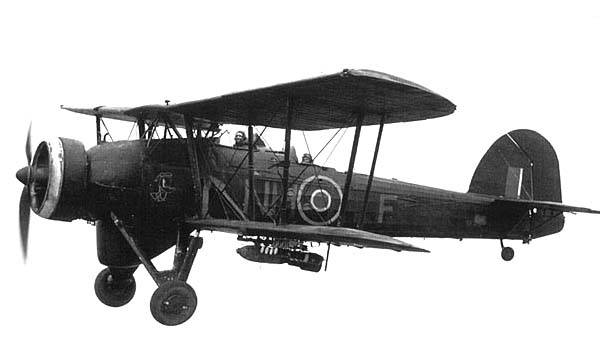
“Swordfish” Mk.II and Mk.III were equipped with the majority of escort aircraft carriers escorting Anglo-American convoys, including those that went with cargoes of military aid to the Soviet Union.
So, in the convoy PQ-18 there was an aircraft carrier Avenger with 12 th Sea Hurricanes and 3 me Swordfish on board. One of the Swordfish on 14 on August 1942 discovered and seriously bombed a German U-589 submarine with bombs. Unable to finish off the submarine, the crew of the aircraft brought the Onslow destroyer, the crew of which completed the destruction, onto the boat.
The Swordfish from the ships of the RA-57 convoy sailing to Murmansk reliably caused the death of the U-366, U-973 and U-472 submarines.
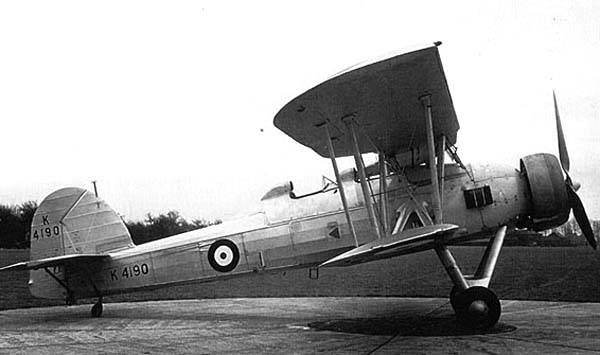
The last Swordfish was built on 18 on August 1944 of the year.
The total output was 2392 machines. Of these, 992 - Mk.I, 1080 - Mk.II and 320 - Mk.III. In the 1943 year, the 110 Mk.II aircraft were commissioned by the Canadian Air Force to equip a closed cabin with heating for use in polar winter conditions. This modification received the unofficial name "Mk.IV".
I would like to say a few more words about the weapons of the Swordfish.
The aircraft could carry a combat load on the suspension nodes with a total weight of up to 730 kg. An 457-mm caliber aviation torpedo or a sea mine weighing 680 kg, or an additional outboard gas tank with a capacity of 318 liters was mounted on the main ventral node.
Underwing units (4 or 5 under the lower consoles) allowed the use of various types of weapons: HE bombs in 250 and 500 pounds, depth, lighting and incendiary bombs, and on modifications Mk.II and Mk.III - rockets.
Small arms consisted of a Vickers K synchronized machine gun with a tape feed, mounted on the starboard side of the fuselage, and the same machine gun, but with a disk magazine, on a turret near a radio operator gunner.
LTX: Swordfish Mk.II
Wingspan, m: 13,87
Length, m: 10,87
Height, m: 3,76
Wing Area, m2: 5 639
Weight, kg
- empty aircraft: 2 132
- normal takeoff: 3 406
Engine: 1 x Bristol Pegasus XXX x 750 hp
Maximum speed km / h: 222
Cruising speed, km / h: 193
Practical range, km: 1 700
Practical ceiling, m: 3260
Crew, prs: 3
Armament:
- one synchronous 7,7-mm machine gun in the fuselage and one 7,7-mm machine gun in the rear cockpit;
- torpedo weighing 730 kg or depth charges, mines, or bombs weighing up to 680 kg, or up to eight NURS.
What can we say by looking at the LTH and weapons? Only that so much luck does not happen. The plane was not a fighter at all, so all the victories won by the Swordfish can be safely attributed to the highest training of British naval pilots, as well as their fighting spirit.
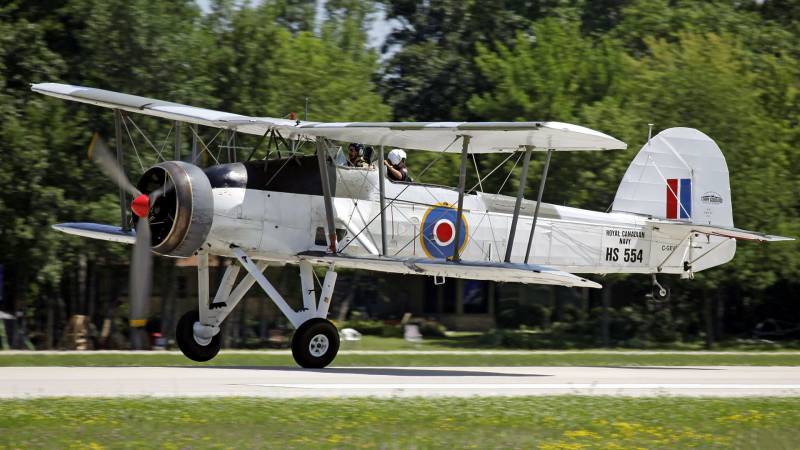
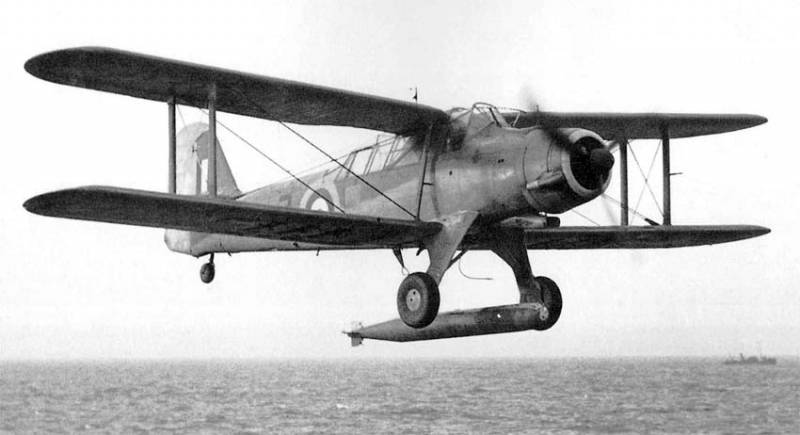
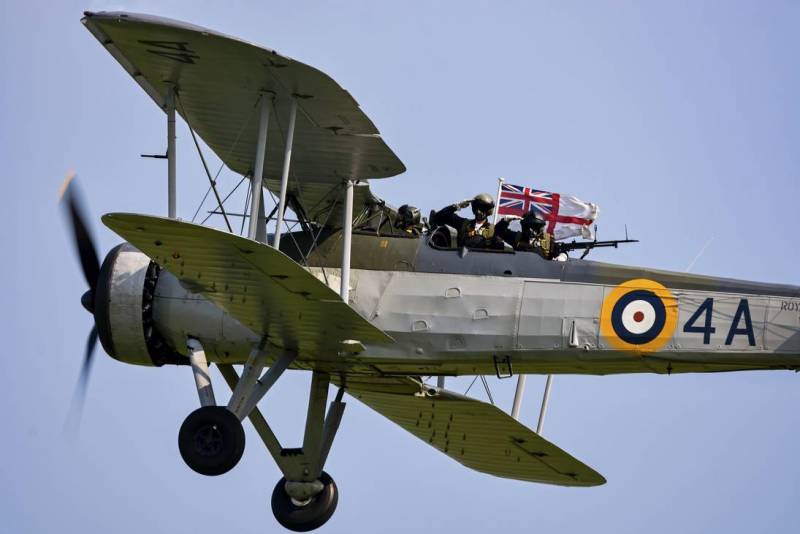
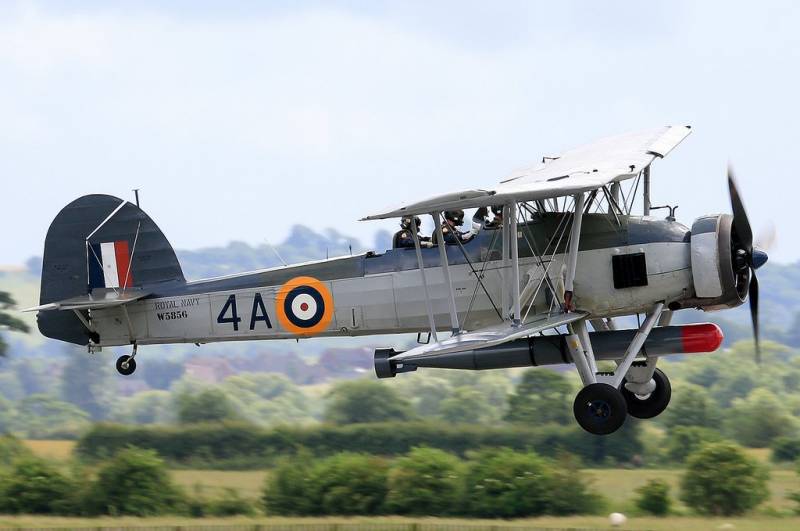
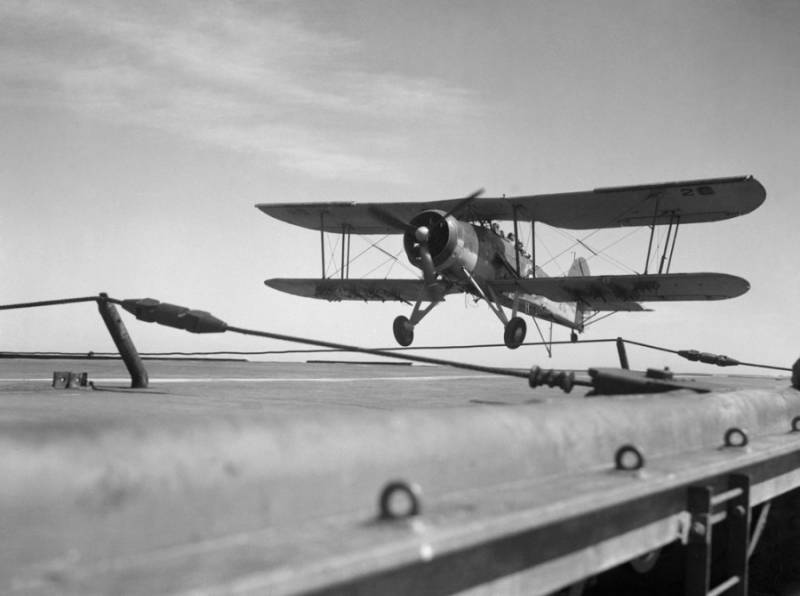
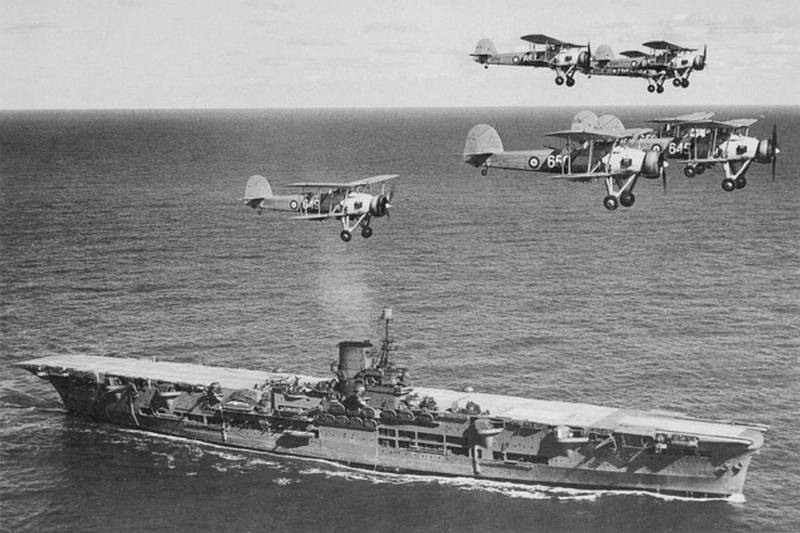
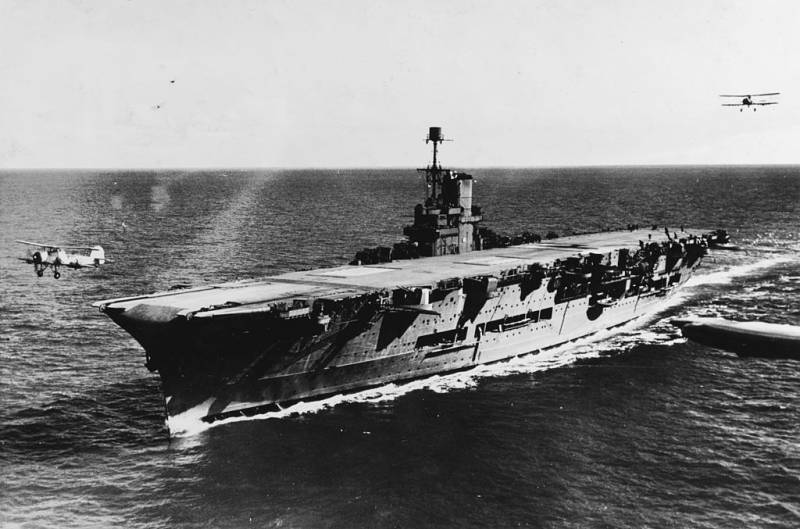
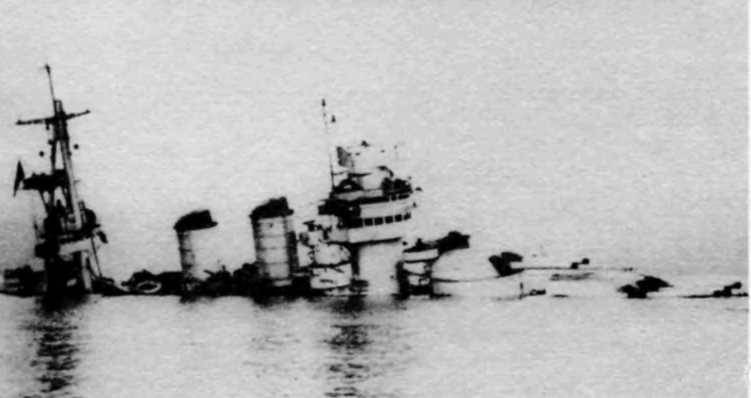
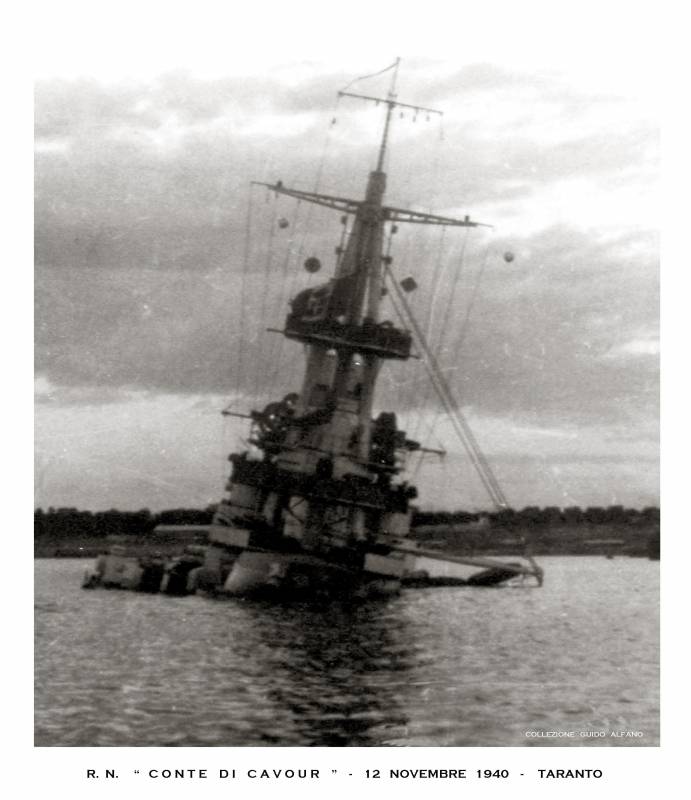
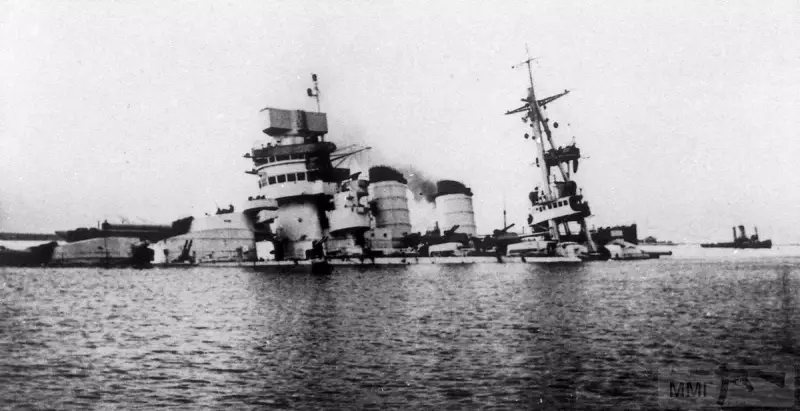
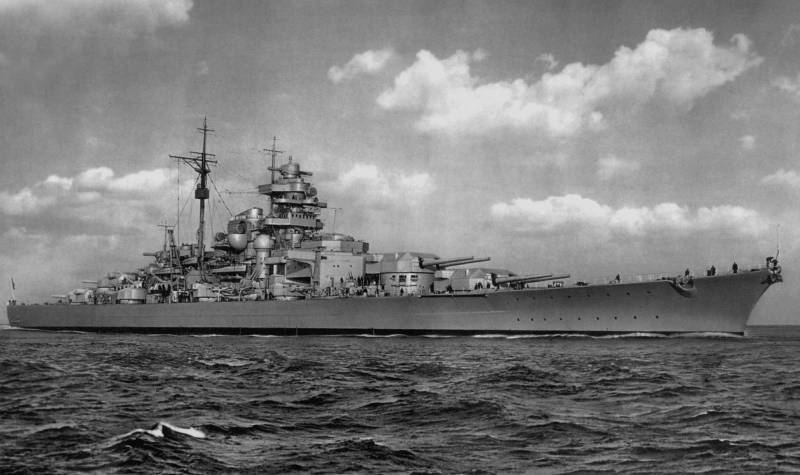
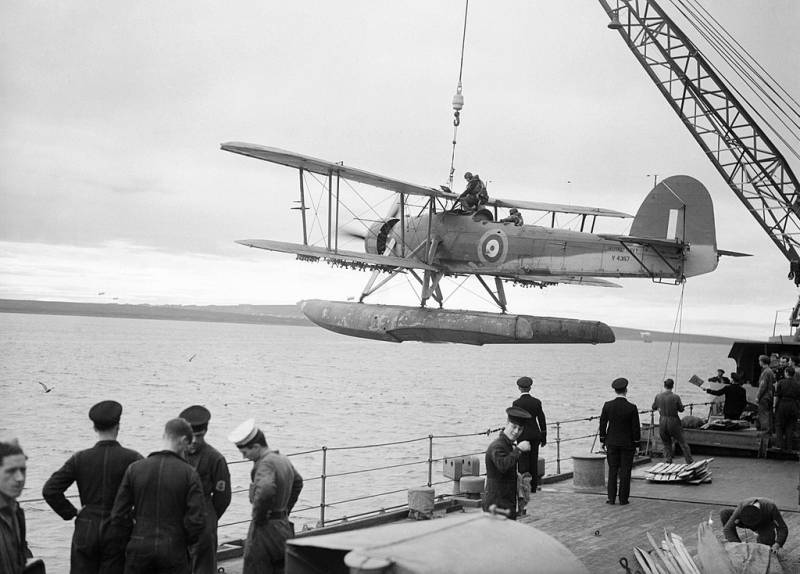
Information